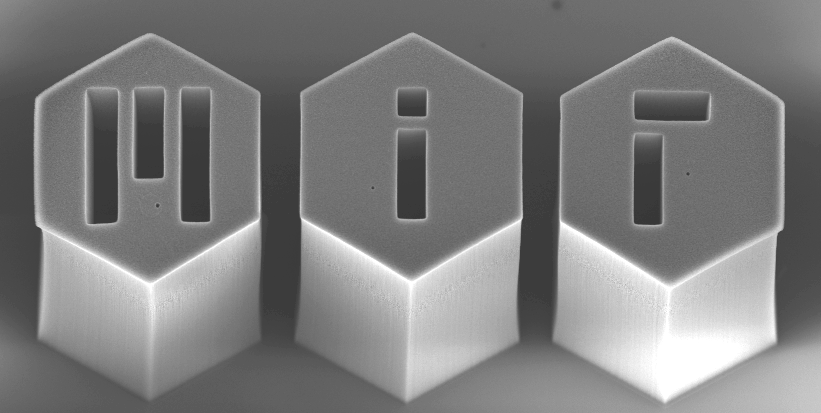E.R. Meshot, K. Patel, S. Tawfick, K.A. Juggernauth, M. Bedewy, E.A. Verploegen, M. De Volder, A.J. Hart. Photoconductive hybrid films via directional self-assembly of C60 on aligned carbon nanotubes. Advanced Functional Materials 22(3):577-584, 2012. [http://dx.doi.org/10.1002/adfm.201102393]
Hybrid nanostructured materials can exhibit different properties than their constituent components, and can enable decoupled engineering of energy conversion and transport functions. We demonstrate a novel means of building hybrid assemblies of crystalline C60 and carbon nanotubes (CNTs), wherein aligned carbon nanotube (CNT) films direct the crystallization and orientation of C60 rods from solution. In these hybrid films, the C60 rods are oriented parallel to the direction of the CNTs throughout the thickness of the film. High-resolution imaging shows that the crystals incorporate CNTs during growth, yet grazing-incidence X-ray diffraction (GIXD) shows that the crystal structure of the C60 rods is not perturbed by the CNTs. Growth kinetics of the C60 rods are enhanced 8-fold on CNTs compared to bare Si, emphasizing the importance of the aligned, porous morphology of the CNT films as well as the selective surface interactions between C60 and CNTs. Finally, we show how hybrid C60-CNT films can be integrated electrically and employed as UV detectors having high photoconductive gain, with a responsivity of 10^5 A/W at low biases (± 0.5 V). Our findings that CNTs can induce rapid, directional crystallization of molecules from solution may have broader implications to the science and applications of crystal growth, such as for synthetic polymers, and proteins.
Disclaimer: The PDF documents on this webpage are provided for educational and personal purposes alone and are subject to copyrights of the respective publishers.

